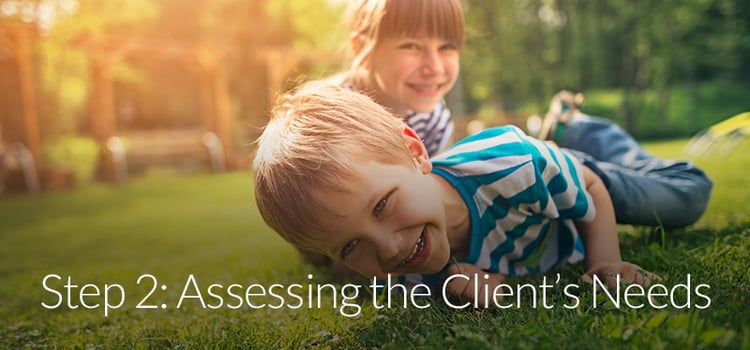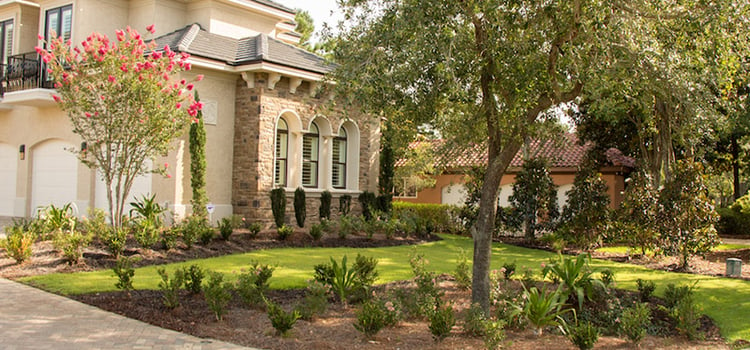
The landscape design process is essential to creating a successful outdoor area that serves the purpose for which the landscape installation was intended. Five steps ultimately produce a design befitting the architectural style of the home, the environmental and location-specific conditions, and the amount and cost of maintenance the entire area will require.
The Landscape Design Process: 5 Critical Steps
The purpose of establishing a landscape design process is to simplify the planning and implementation of any landscaping project by carefully working through the following sequence of steps:
- The Site Analysis
- Assessing the Client's Needs
- Drawing Up a Functional Diagram
- Coming Up With a Conceptual Design
- Putting a Final Detailed Design Plan Together
Step One - The Site Analysis
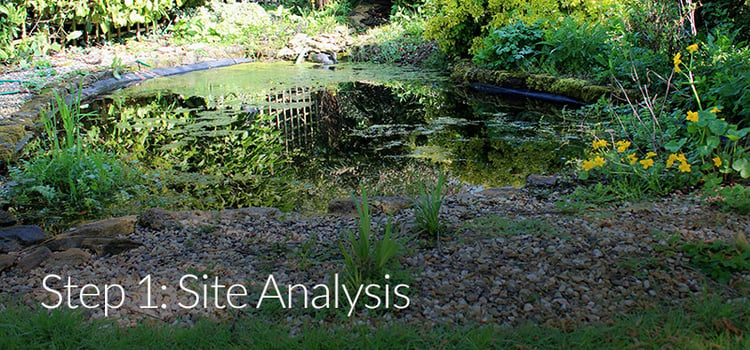
The most important step of any landscape design is the site analysis which looks at the grounds and the overall conditions. It takes into consideration everything from the findings of a soil analysis to sun exposure, the amount of shade, wind exposure, drainage, flooding, salt spray, the actual size of the space, and all maintenance required to ensure that the landscape is healthy and attractive.
While analyzing the site is a critical part of the design process, a landscape architect or designer must also understand the limitations, assets and attributes of the available space for the prospective landscape area. The extent to which the designer knows every inch of the site is crucial to creating a design that fulfills the homeowners’ needs, wants, and expectations.
Step Two - Assessing the Client's Needs
The second step encourages the property owner to make a list of everything they need or would like to have in their yard. The amount of available outdoor space and the homeowner’s budget will determine whether everything on their list is possible, and what features or functions are most important.
Every landscape designer or architect should get to know the people who will use the space they are creating. There is a huge difference between assessing a family’s needs from a wish list, and figuring out what they want after speaking with them face to face. GreenEarth takes pride in the focus the company places on building relationships with every client, and they excel at doing so.
Step Three - Coming Up With a Functional Design
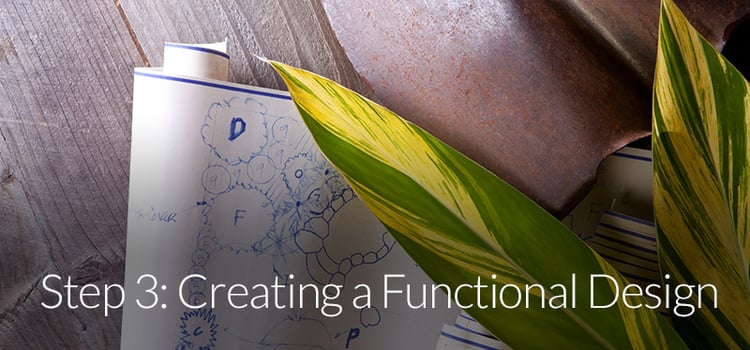
The third step in the design process addresses the functionality of the space and what it will require to make the area amenable to every purpose or use that the design needs to fulfill.
Functional design is an important part of the design process because it gives the landscape designer the opportunity to determine where to place different activity spots and how much space each area, including the lawn installation, will need. For example, if a homeowner wants to have an outdoor eating area with an outdoor kitchen, it makes sense to place that as close to the home as possible. If the design includes edible landscaping, it will need sun and water, so a sunny location with access to water is essential.
Step Four - Drafting a Conceptual Design
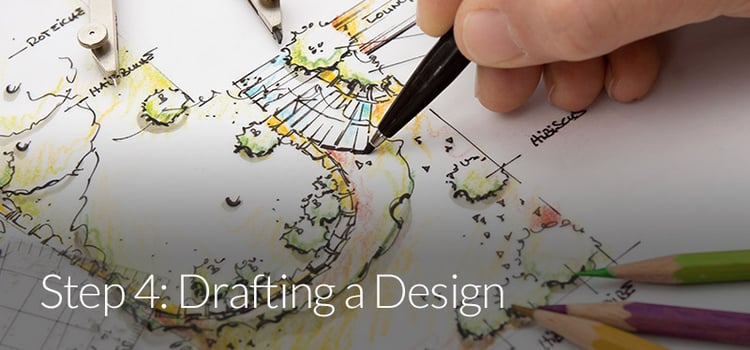
The conceptual phase of the design process allows the landscaping professional to experiment with the placement of plant elements, activity areas, hardscapes, and other features that the homeowner wanted in their outdoor living space. Critical decisions such as the grass installation are made during this phase, and all other conceptual ideas are finalized to complete the landscape installation plan.
Step Five - Putting It All Together
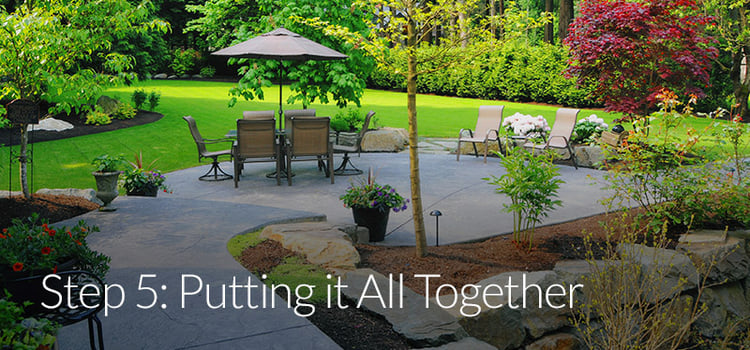
By utilizing a similar design process, a landscape expert will have a clear understanding of how to best utilize the space for their client when finalizing the outdoor activity, living, or entertainment areas of the project. The final drawing includes details such as measurements, plant spacing, accurate measurements for the grass installation area, and how every component of the home’s newly designed outdoor living area will come together.
You Can Get What You Want Without Busting Your Budget
If you’re thinking about overhauling your back or front yard to add a functional activity, entertaining, living or dining space, you'll need to establish a realistic and flexible budget for the project. Don’t get discouraged if your wish list exceeds your budget. Homeowners face similar situations when they decide to remodel the inside of their homes and often devise a plan to do a major renovation in phases. Likewise, we can work with you to turn your yard into anything you dream of one phase at a time. For example, for phase one, we may repurpose your space. The second phase may involve the installation of a patio. Future phases may include the installation of an irrigation system, adding shrubs, trees and a variety of seasonal plantings.
Landscape design professionals such as GreenEarth will work with you to create a landscape design suited to our Northwest Florida environment. We do our best to develop a plan that addresses your needs while strictly adhering to your budget. We can help put a plan in place that covers your entire wish list over time, making even the most beautiful and challenging landscape design project affordable.
Ready to discuss your residential landscape design and installation needs? You can reach our Panama City Beach office at (850) 236-1959 or our Santa Rosa Beach office at (850) 267-0010. Or, you can fill out our handy online form to schedule a free consultation. And be sure to kick off your planning (and dreaming!) process by downloading our free Landscape Planning Guide below.
.png?width=7889&height=5988&name=GE%20LOGO%20clear%20(1).png)
